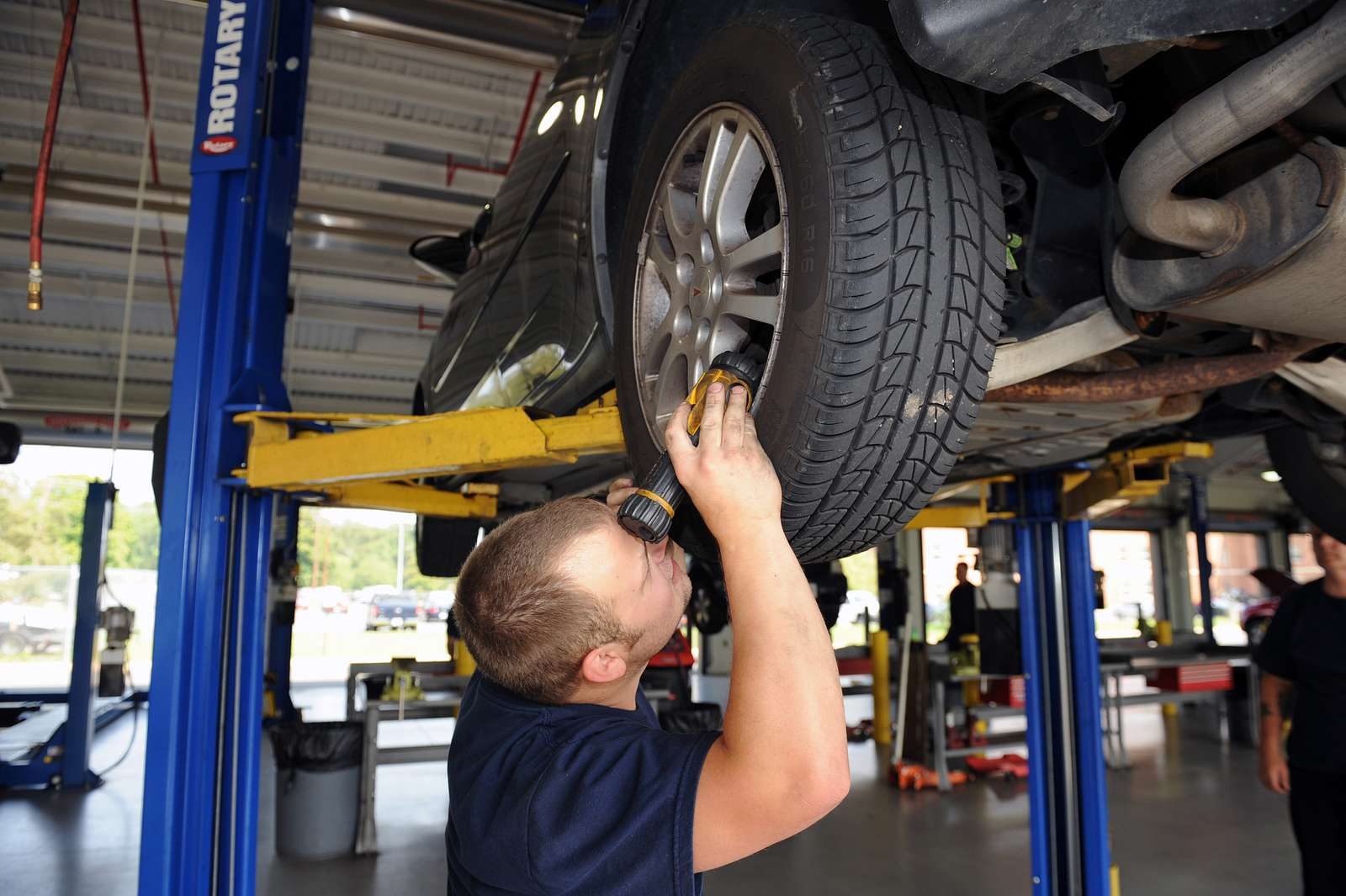Feature article
Getting a WOF in NZ
A Warrant of Fitness (WOF) is an inspection to ensure that your vehicle meets the required safety standards.

A Warrant of Fitness (WOF) is an inspection to ensure that your vehicle meets the required safety standards, ensuring your car is fit to drive safely on New Zealand roads.
It is illegal to drive a vehicle that isn’t up to WOF standards and your vehicle must display a valid WOF label at all times. This is the sticker on the top right of your windscreen.
Does my car need a WOF?
In most cases, yes. Most privately owned vehicles require a WOF. If your vehicle is for personal use, is under 3500kg in weight, and you intend to drive on the road, it needs a warrant. This not only includes cars, utes and SUVs, but also trailers, motorbikes, caravans and small trucks (i.e those under 3500kg in weight).
Vehicles used for commercial purposes, such as taxis, ride share or rental cars, need something a little different, called a Certificate of Fitness (CoF).
What do they check during a WOF inspection?
Your vehicle will be looked over thoroughly by a certified Warrant of Fitness inspector checking on the condition of certain parts. Some of the things they will inspect include:
- Your tyres; checking the tread depth meets the minimum 1.5mm and the sidewalls for signs of damage. They will also check the spare (if applicable).
- Brakes; they use a machine to test the operation and effectiveness of the braking system.
- Structural condition of the vehicle and look for signs of rust in crucial areas like the chassis, roof and around the windscreen.
- Lights; including indicators and brake light function.
- Windscreen; checking for cracks. Depending on the size and location of these, they can cause your car to fail an inspection.
- Windscreen washer and wipers; functioning as intended and that wiper blades are in working order.
- Do all the doors open and close safely?
- Safety belts are inspected for condition (no fading or fraying) and that the buckle works properly.
- They will check that the speedometer and horn are working.
- Underneath your vehicle, they will inspect the steering and suspension components and the exhaust and fuel system.
If everything checks out, you’ll be issued another WOF sticker, which indicates your car is safe to drive on the road.
What happens if my car fails a WOF inspection?
If your vehicle fails its test, the inspector will tell you what specifically it failed on and explain exactly what needs to be repaired. Small things like wiper blades and light bulbs can be sorted fairly easily, but more major mechanical failures will require a visit to a mechanic to get them sorted.
Organisations like the MTA have a register of quality assured mechanics you can check out to get your issues sorted.
Once fixed, you will need to have your vehicle rechecked to make sure the issue has been rectified. This is usually free, but needs to be done within 28 days of your initial WOF inspection.
How often do I need a WOF?
This depends on the age of your machine. For vehicles first registered in 1999 or earlier, they need a WOF assessment every six months. Those first registered in 2000 or after need to be checked annually. Newly registered cars come with a warrant valid for three years. After this period, they require a yearly inspection.
What’s the cost of the WOF?
Author
Other articles you might like





